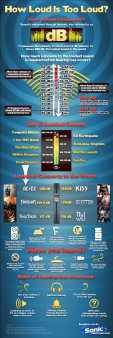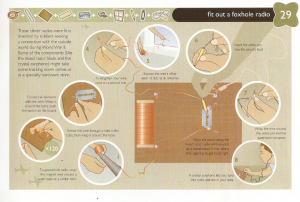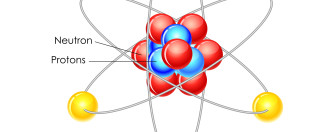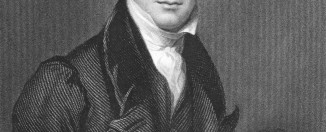Gear Trains
A gear is normally a disc of metal with the edge shaped into slightly pointed “teeth”, just like the ones holding the chain of your bicycle. A gear train is a series of gears with teeth that fit together, with one gear driving, or powering, the others.
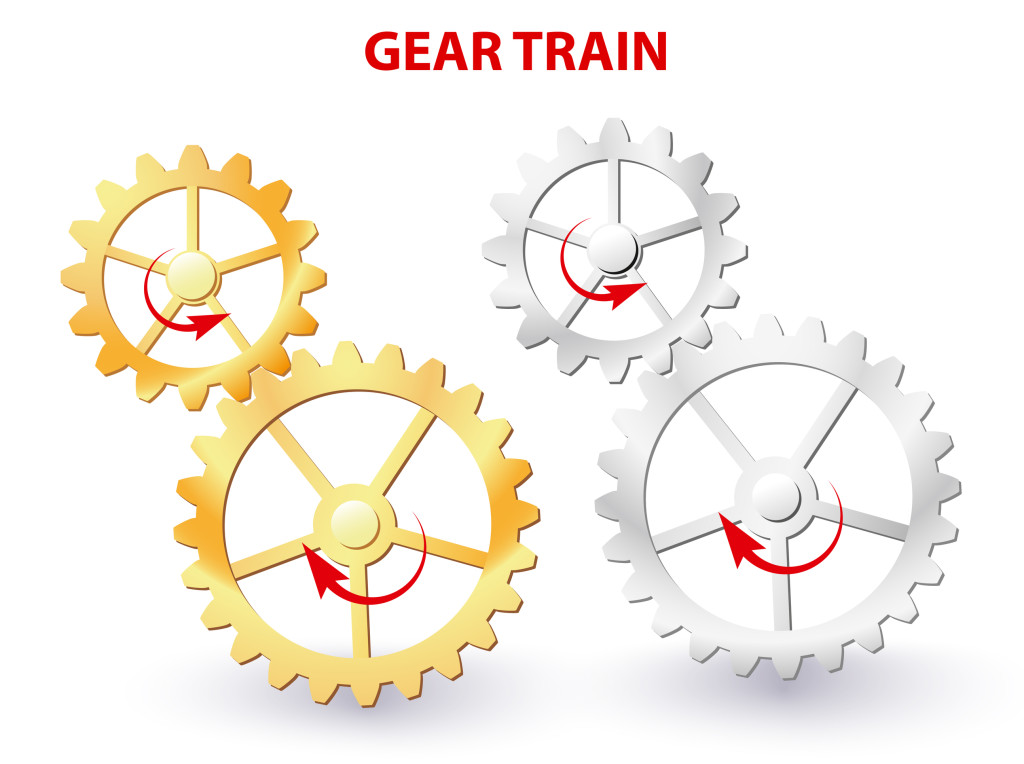
Looking at our picture, we can see 2 gear trains, each with a large and a small gear. First, you should notice that the smaller gear has fewer teeth than the larger gear. This is necessary so that the teeth of the 2 gears, which are the same size, can fit together and turn smoothly. Next, look at the arrows. You probably knew already that if one gear spins in one direction, the other has to spin in the opposite direction.
Now, what is the benefit of putting gear together in a chain (here we have only 2 gears, but longer chains can definitely be built!)? Can you think of what happens to the 2 gears when they spin?
First of all, the small gear must spin much faster than the big gear to keep their teeth meeting smoothly. If you have a slow-spinning engine but you want to have it power something that will spin quickly, you can put a large gear on the engine, and then attach a small gear to it that will spin more quickly.
Another feature of gear trains is that they can change rotational force, or “torque”. If the drive is on the small gear, then the big gear attached will give more torque. If the drive is on the big gear, the small gear attached will produce less torque. In this way, you can use gear trains to increase or decrease the speed and power of driving engines.
Check out our interesting article about Oil Extraction!


